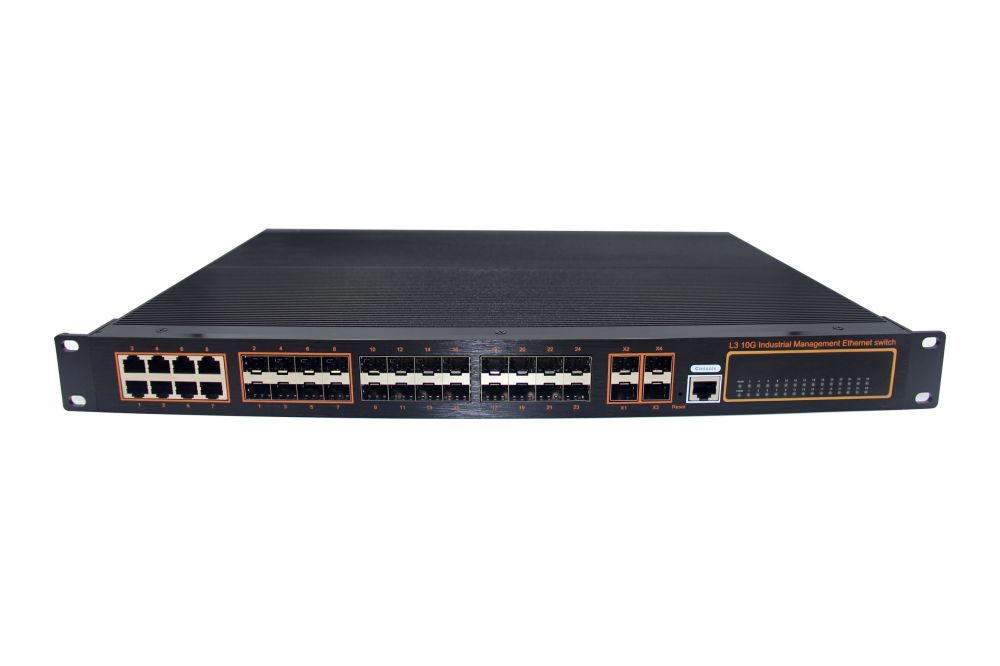
What interfaces does a switch have? What role does each interface have, let’s take a look at this issue.
S port on the switch
The meaning of the Serial interface also called the high-speed asynchronous serial port, is mainly used to connect V.35 cables of WAN. To put it bluntly, it is used when connecting routers to routers. You can use commands to set bandwidth, generally around 10M and 8M.
E port on the switch
It is an Ethernet interface. It is also mainly used for connecting to Ethernet (local area network). It can also be connected by ordinary twisted-pair cables. The default rate is 10Mbps. Now this interface has been eliminated on new devices. In addition, there is an essential interface on the router, the Console port, called the control port, which is used to debug the router. Some routers also have an AUX interface, which is also a control interface.
F port on the switch
The FastEthernet interface is also called the 100M Ethernet port. It is mainly used for connecting to Ethernet (local area network). To put it bluntly, it is used to connect switches or computers. It can be connected with ordinary twisted-pair cables. The default rate is 100Mbps. You can use commands to limit the speed, but they cannot exceed 100Mbps.
G port on the switch
G port means Gigabitethernet. Gigabit only means that it is a 1.25G port, whether it is an optical port or an electrical port, the display is the same. If you want to see it in detail, you can view it with display int.
GigabitEthernet can be an optical port or an Ethernet port, depending on the device parameters. Ethernet is an Ethernet port, and GigabitEthernet is a Gigabit Ethernet port, both of which are defined by the IEEE 802.3-2005 standard, and can use network cables or optical fibers.
